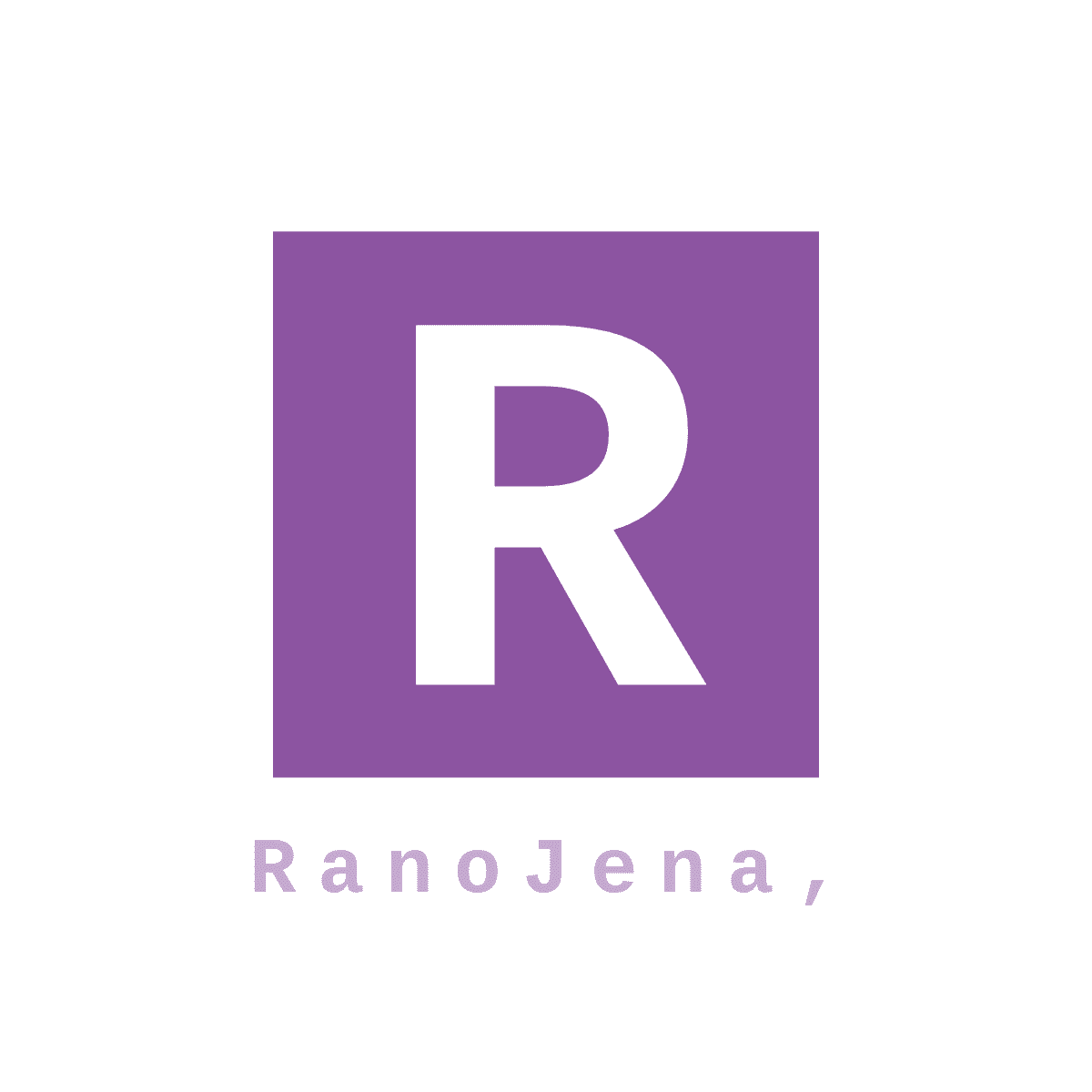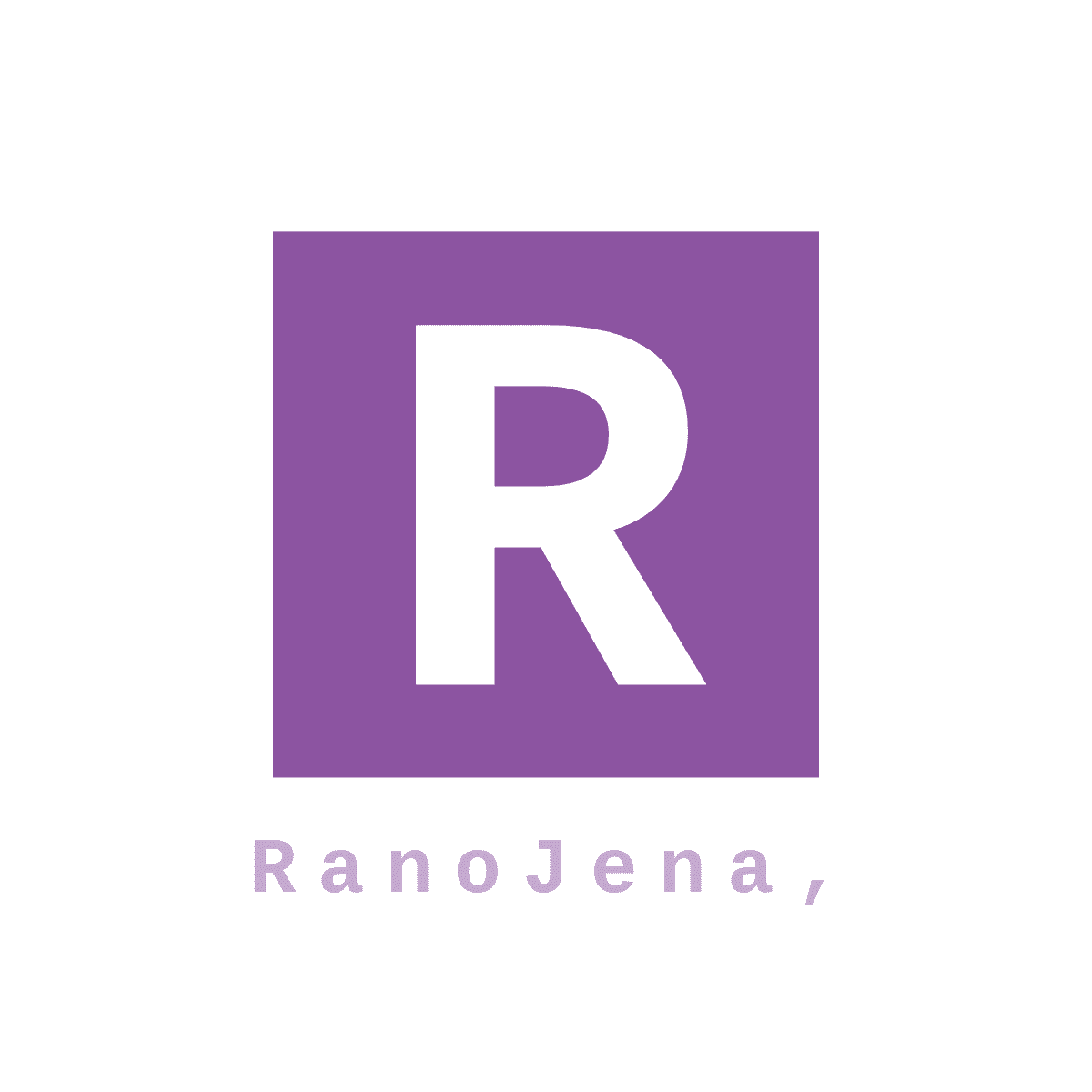상세 컨텐츠
본문
From today,
I will start posting abouthealth and e-commerce trends in the Korean Market.
This is based on the market trend and news that has already been published in Korean. I've got the latest new from my friends who are working for a global pharmaceutical company or else.
I chose some questions and made an answer. following this flow, you may understand more easily.
Q&A: Expert Insights on Consumer Health & Pharmaceutical E-commerce Trends
Q1: Why are the latest trends and strategies in the consumer health e-commerce market not readily available?
A: The consumer health and pharmaceutical e-commerce market is highly dynamic, with rapid innovation and shifting consumer behavior. Most cutting-edge strategies are still being tested or implemented, which means they haven’t been consolidated into public reports. These trends often emerge from on-the-ground execution and private industry insights.

Q2: How do you stay updated on these rapidly changing trends?
A: Staying ahead requires leveraging professional networks and maintaining relationships with key leaders in the industry. Direct conversations with these experts provide invaluable, real-time insights that no static report can offer. Additionally, I track real-world data such as platform trends, consumer reviews, and sales patterns.
Q3: What are the top collaboration models between manufacturers and e-commerce platforms?
A: The most effective models include:
- Store-in-Store: A dedicated brand presence on major platforms like Coupang or Gmarket.
- Direct-to-Consumer (D2C): Building proprietary e-commerce platforms for direct engagement.
- Partnerships and Co-Promotions: Collaborating with influencers, clinics, or complementary brands for targeted campaigns. Each model has its own opportunities and risks depending on the product category.

Q4: How do collaboration models differ by category?
A: For vitamins and supplements, D2C works well to build brand loyalty. Probiotics thrive with segmented marketing targeting specific demographics. Antifungal creams, on the other hand, rely heavily on professional partnerships with clinics and pharmacies for credibility.
Q5: What are the key opportunities in these models?
A: Opportunities include:
- Enhanced consumer trust through direct engagement.
- Broader market reach via platform partnerships.
- Tailored campaigns that target specific consumer needs or seasonal demands.
Q6: What risks should companies be aware of?
A: Risks vary but often include:
- High operational costs, especially in D2C models.
- Over-reliance on specific e-commerce platforms.
- Regulatory constraints, particularly for pharmaceutical products
Q7: How does segmentation influence success in e-commerce strategies?
A: Segmentation allows brands to tailor products and campaigns to precise consumer groups. For example, probiotics can be marketed differently to children, women, and elderly consumers, emphasizing their unique benefits for each group.

Q8: What are the most important success factors in e-commerce for consumer health products?
A: The top factors are:
- Strong brand trust and credibility.
- Convenience in product format and delivery.
- Effective use of data for targeted marketing.
- Partnerships with trusted platforms or professionals.
Q9: Can you provide an example of a successful e-commerce strategy in Korea?
A: A standout example is Lactofit’s success in the probiotics category. They capitalized on the convenience of stick-type products and segmented marketing to dominate the market. Similarly, Canesten’s store-in-store presence on e-pharmacies effectively leveraged professional credibility.
Q10: What are the emerging trends in the pharmaceutical e-commerce space?
A: Some notable trends include:
- Increasing adoption of AI-driven recommendations on e-commerce platforms.
- Growth of non-refrigerated formats for probiotics.
- Expansion of D2C models for premium health brands.
Q11: How does consumer behavior in Korea differ from other markets?
A: Korean consumers value convenience, speed, and trust. They’re highly influenced by reviews, professional endorsements, and seasonal marketing. This makes platforms like Coupang, with fast delivery options, particularly effective.

Q12: How do you approach regulatory challenges in e-commerce?
A: Compliance is crucial, especially in healthcare. Companies must work closely with regulatory experts to ensure accurate claims and appropriate marketing. Transparency in product information also builds consumer trust.
Q13: What role do professional networks play in shaping strategies?
A: Professional networks are invaluable for gaining actionable insights, sharing best practices, and understanding real-world challenges. They’re often the fastest way to access emerging strategies and market trends.

Q14: What advice would you give to companies entering the consumer health e-commerce market?
A: Focus on building trust with your consumers, invest in targeted marketing, and stay agile to adapt to rapid market changes. Collaboration with established platforms and leveraging real-time data are also critical for sustained success.
Q15: What is the growth outlook for consumer health e-commerce?
A: The growth outlook is robust, driven by increasing health awareness, digital adoption, and demand for convenience. Companies that prioritize innovation, data-driven strategies, and strong partnerships will continue to thrive.
'투자가_Investor' 카테고리의 다른 글
| 팔란티어, 데이터로 돈을 찍어낸다고? 그들의 수익 비밀 공개! (0) | 2025.02.18 |
|---|---|
| January 15th U.S. Economic News: CPI Forecast and Quantum Computing Stock Updates (0) | 2025.01.15 |
| 비트코인, 현물ETF로 '디지털 금'으로 재탄생하다. (33) | 2024.01.21 |
| '인생수업'과 스티브 잡스의 마지막 편지. (0) | 2023.12.26 |
| [우크라이나 재건] 우크라이나 재건 지원, 어떤 기업과 산업이 참여할까? - 1단기 수혜: 방산 관련주 / 한화에어로스페이스 (14) | 2023.07.17 |






